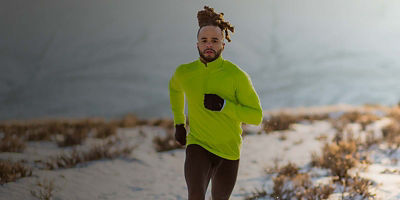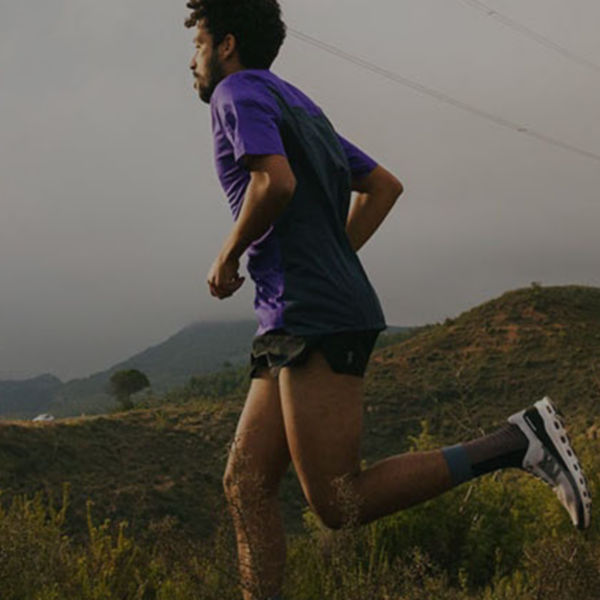
Do recreationists have an obligation to help protect the public lands they use and maintain the trails they hike, run, and ride on? Many people think so, which is why advocacy organizations like the American Hiking Society and the International Mountain Biking Association have thrived for decades. Conspicuously absent? A similar group for runners. This lack of organized stewardship has been noticed, and at least a couple of widely read articles—like these in Trail Runner and Outside magazines—have poked at trail runners for piggybacking on trail maintenance and environmental efforts of other groups.
Some trail runners took offense at the articles. But one runner, 50-year-old Vic Thasiah, believed the criticism had a point, and decided to do something about it. “I agreed with the story in Trail Runner, in particular,” says Thasiah. “There are a number of runners who protect the environment across the country, but there wasn’t a lot in the form of an organized, collective voice, or organized efforts.” Thasiah points to a handful of race directors who’ve been making efforts toward activism, and to the trail running arm of Protect Our Winters. But he wanted to do more.
He was also inspired by the rise of Indigenous and native runners making the connection between running and activism. A religious studies and environmental studies professor at Cal State Lutheran, Thasiah began garnering interest from fellow runners, and eventually, companies in his running community of Ventura—namely, Patagonia and Hoka (both of which are headquartered there). “Runners for Public Lands came together organically,” says Thasiah, who explains that both companies supported the effort via seed money, volunteer staff, use of corporate space for events, and more. “The people who care about the environment found each other. We want to be really active in our region, grow, and support both a national and grassroots effort.”
Launched on Earth Day, 2019, today Runners for Public Lands is a registered 501(c)(3) based out of Ventura with ambitions to harness the power of the 60 million runners in the United States to do great things, like fight for public lands and act as stewards for the environment. And though many trail runners have gravitated toward the organization, Runners for Public Lands invites all runners: road, track, and trail. “The more coordinated we can be, the more we can do to take a stand and make a difference,” says Thasiah.
A Catalyst for Change
Through various efforts, Runners for Public Lands aims to organize and mobilize runners of all sorts for environmental justice, advocacy, and conservation. The group fights for equitable access to nature, advocates for the climate, public lands, and green spaces, and promotes hands-on conservation work.
Thasiah explains that one way Runners for Public Lands has been working toward change is by inviting running clubs, groups, and cross-country teams to add an environmental stewardship arm to their organizations. “The goal is to be able to designate these groups as Runners for Public Lands affiliates,” he says. The idea is not to sprout other nonprofits; rather, it’s to tap into pre-existing groups and provide them with a downloadable toolkit to support their efforts. Hundreds have downloaded the toolkit since it became available on National Public Lands Day, September 25, 2021.
A key part of this strategy is recognizing that efforts and priorities will vary, and individual groups should determine what makes the most sense in their communities.
“Different communities have different priorities,” Thasiah says. “In some places, it’s protecting land. In others, it’s transitioning to renewable energy. Maybe it’s getting rid of single-use plastics in their race or community, or getting a local restaurant to stop using Styrofoam. We want to empower runners to figure out the most important effort in their own communities, then support them.”
As an example, Ventura High School’s cross-country running team has become a student chapter of Runners for Public Lands. The group connects its runners to volunteer in conservation and environmental campaigns. “It’s been cool to see groups like the kids at Ventura High add the stewardship dimension to the life of their running group,” says Thasiah.























